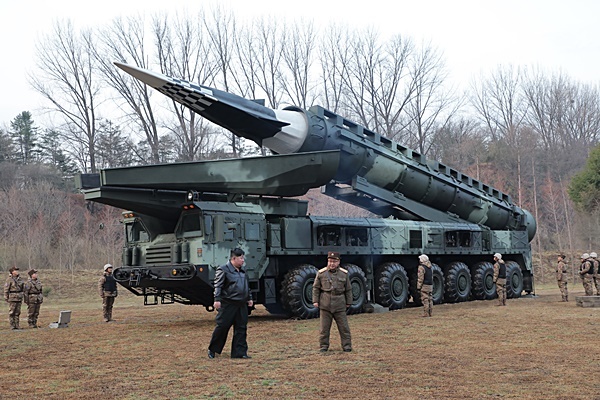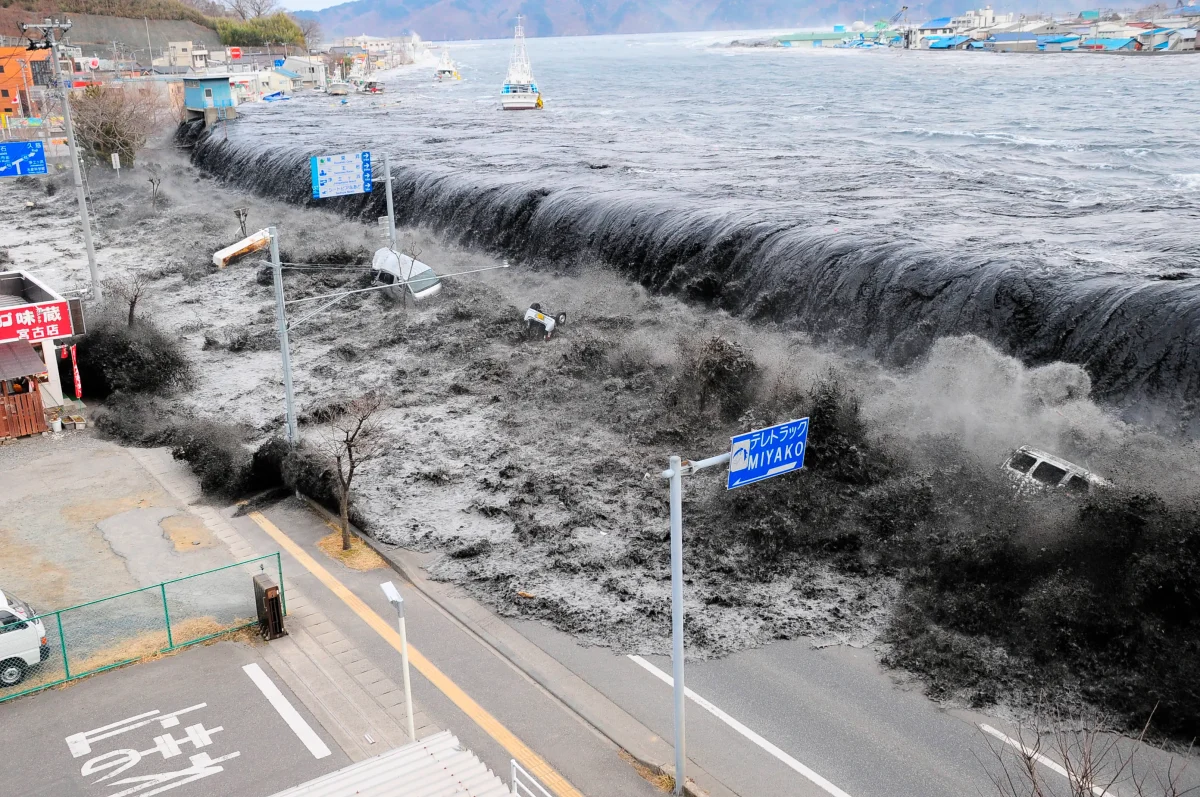At around 7 a.m. on April 2, North Korea claimed to have test-fired a hypersonic glide ballistic missile, which was difficult to develop even for powerful countries such as the United States, China, and Russia.
If what North Korea is saying is true, it would mark one of the first successful launches of such a missile, with only a few being previously deployed.
This missile, North Korea’s Hwasong 16na, has a similar warhead to the DF-17 missile, China’s hypersonic glider mid-range ballistic missile. The missile’s solid fuel cold launch is similar to the launch of Russia’s Toble M Intercontinental ballistic missile, with a range of at least 6,000 kilometers.
It is speculated that the US has avoided North Korean and Russian goods in the Indo-Pacific region and that cooperation between North Korea, China, and Russia has increased due to the Russia-Ukraine war and the Israel-Palestine conflict.

North Korea’s missile tests can be detected by the reconnaissance assets of South Korea and the U.S., but hypersonic glide ballistic missiles are an advanced weapon system that can be almost impossible to defend against.
The Hwasong 16na missile flew around 600 kilometers, according to South Korea’s Joint Chiefs of Staff. Meanwhile, the Japanese Defense Ministry reported a distance of 650 kilometers. North Korean government officials said the missile flew 1,000 kilometers.
“The hypersonic glide flight combat unit, separated from the missile fired northeast of a military training site outside Pyongyang, flew along the scheduled flight trajectory with a first peak altitude of 101.1 kilometers and a second peak altitude of 72.3 kilometers, and was accurately struck in the Chosun East Sea waters at the 1,000-kilometer range line,” said North Korea’s state media, Rodong Newspaper.
South Korea and Japan’s defense ministries countered that North Korea’s announcement was exaggerated, with the gliding speed staying less than Mach 5, meaning the missile remained at supersonic speed. North Korea reported their missile had reached the hypersonic speed of Mach 10.
However, the announcement by South Korean and Japanese officials only said that the missile launch site was around the city of Pyongyang. On the other hand, North Korea reported that the launch facility was a training site for a military unit outside of Pyongyang. Therefore, it is presumed that while the missile was detected during its flight, foreign forces failed to track the missile at the initial launch site and during the last glide stage.
This missile is estimated to be able to strike Hawaii, which is about 7,660 kilometers away from Pyongyang, within the rocket’s reported range. It will be difficult for South Korea and the United States, which have cutting-edge tracking systems, to track future missiles and defend against them.
Regardless of what is true, it’s evident that current cooperation between North Korea, China, and Russia and subsequent missile provocations could pose a serious threat not only to South Korea but also to Hawaii, whose military facilities are a key base for Indo-Pacific operations.
In the end, it seems probable that cooperation and missile provocations from North Korea, China, and Russia will continue. This would likely lead the United States and South Korea to supplement their defenses further, ultimately fueling further hostility in the Indo-Pacific.



















